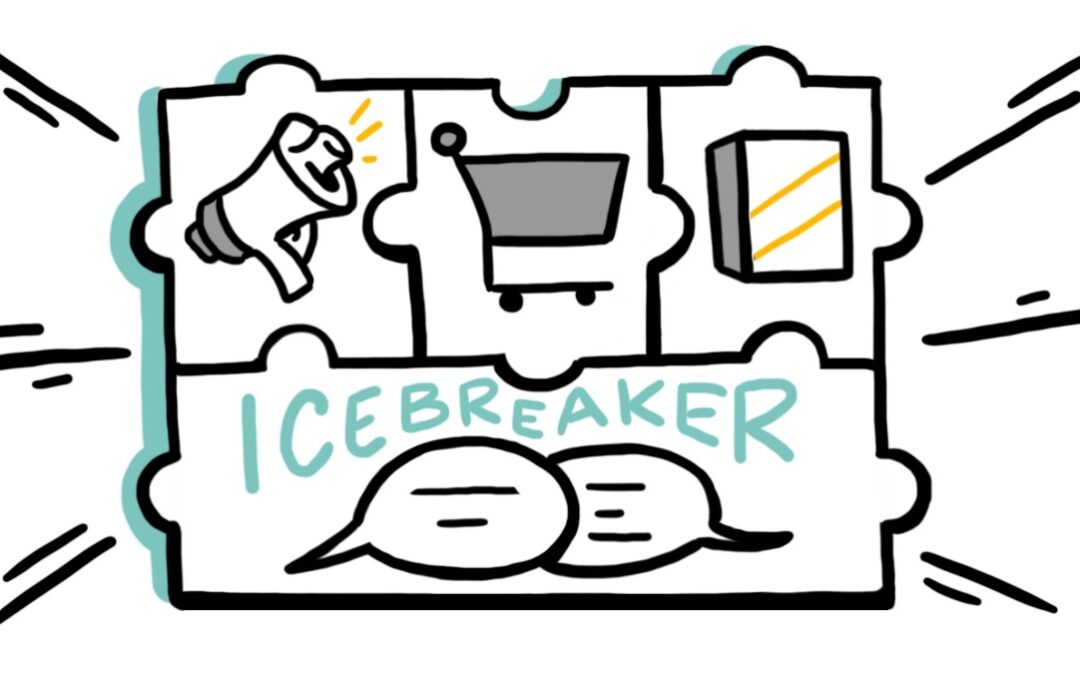When we think of employee engagement, we need to forget some of the more common uses of the word. If a song or film is “engaging”, we can reasonably substitute the word for “enjoyable” or “compelling”—a substitution that doesn’t apply to the workplace. Engagement also isn’t the same as employee satisfaction—so what exactly does the term entail?
Engagement Helps Everyone
As Custom Insight explains, “Engaged employees look at the whole of the company and understand their purpose, where, and how they fit in. This leads to better decision-making.” Engaged employees are big-picture thinkers, who concern themselves with how they can increase the success of the company as a whole.
The benefits of this focus on the organization aren’t merely felt by the highest echelons of the company, either. Engaged employees have a higher earning per share, and can rebound better after financial hardships and recessions. With these multilevel benefits in mind, then, let’s explore contemporary thinking on boosting employee engagement, with a focus on organizational learning.
Promoting L&D throughout your organization isn’t a small-scale effort. As Swetha Venkataramani reminds us, “The larger your organization gets, the more your employees are thinking about their career development within the organization.” Don’t stop at providing employees L&D that meets their needs for career development. Include team members in deciding which types of L&D programs they would most like to see.
Multidirectional L&D
When your employees have a voice in learning and development, it’s only natural they’ll feel more connected to (and valued by) their organization. And with the right mix of materials, you’ll naturally increase engagement, as more visibility into organizational goals, cross-functional understanding, and more help employees to see themselves as crucial contributors to the whole.
Venkataramani’s other piece of advice is to think of organizational learning as “a two-way street.” Managers and executives should learn from how their employees process and comment on learning and development materials.
In other words, learning does not end with the distribution of materials from upper echelons to team members. Feedback on those materials creates an opportunity to continue the cycle with even more relevant L&D initiatives in the future.
Tools and Techniques for Growth
Susanna John gives us some specifics on the kinds of organizational learning tools that can heighten employee engagement. The interpersonal techniques she suggests are particularly interesting, as they can not only promote learning throughout the organization, but create more personal connections within the business. Coaching and mentoring both can generate these benefits.
Coaching, in which skilled employees work one-on-one with untrained or new employees, “can help the employee understand a variety of topics in a short amount of time.” John points to leadership and team management skills as particularly well-suited to coaching efforts.
Mentoring involves senior leadership or management personnel taking inexperienced or newer employees under their wing for assistance on important skills. Less specific in focus, mentoring can allow senior team members to impart a significant amount of knowledge, and should only be discouraged if it takes too much time away from leaders’ essential duties.
John also suggests job rotation as a great way to increase employee engagement. This can let employees practice skills they already have in new contexts, while simultaneously acquiring new ones. It can promote organizational unity and demystify other employees’ roles. The dynamism of job rotation can even reduce monotony in an employee’s function.
Starting Day One
Jody Ordioni adds another dimension to organizational learning’s ability to boost employee engagement—it can start immediately. While many of the above suggestions target skilled employees learning new skills, Ordioni points to onboarding as a perfectly valid place to begin involving employees with L&D.
During onboarding, try a tool like Squigl for compelling, bite-sized learning content that promotes organizational learning through its interactive quizzing feature. It will not only increase new employees’ interest in the training materials, but provide them with a metric to gauge their early success, and a conversation starter with other new employees.
“L&D professionals must engage new employees from the very first day they join an organization,” Ordioni argues, noting that “A proper onboarding process facilitates employee retention by 82%.” This figure helps to re-contextualize the fundamental importance of employee engagement. After all, the worst-case scenario of low engagement goes beyond poor performance. Uninterrupted, long-term engagement results in employees leaving the organization outright.
Ordioni describes social initiatives for much the same reason John promotes job rotation: “to jump-start various conversations with various groups in the company and use icebreakers to broadcast information uniformly in the workplace.” This is how silos break down between functions, and employees see each other as part of a single team.
Invested in the Org
Without social initiatives like icebreakers and other conversations, marketing employees might see themselves as altogether distinct from sales, who might in turn feel separated from production. This kind of team-only environment can make organizational unity nigh impossible, and lowers the engagement of employees.
Remember that an unengaged employee sees only their own position, and has little investment in the company as whole—and try to undo this by making the company as whole visible and friendly to each employee, whenever possible. Alexis Croswell underscores the importance of visibility of organizational learning efforts. “Reiterate L&D offerings to the wider company on a regular basis through reminders,” as the best initiatives cannot be effective if your team members are unaware of them.
Croswell suggests these kind of reminders should appear in meetings as well as check-ins, and more; however your organization can best be clear about these opportunities, be sure to pursue those means. Increasing engagement requires knowledge of the initiatives that will promote it.

